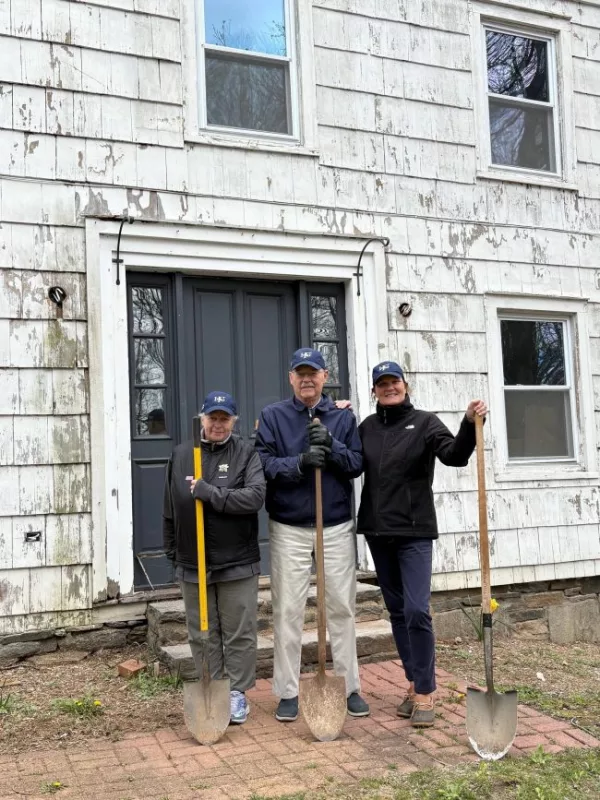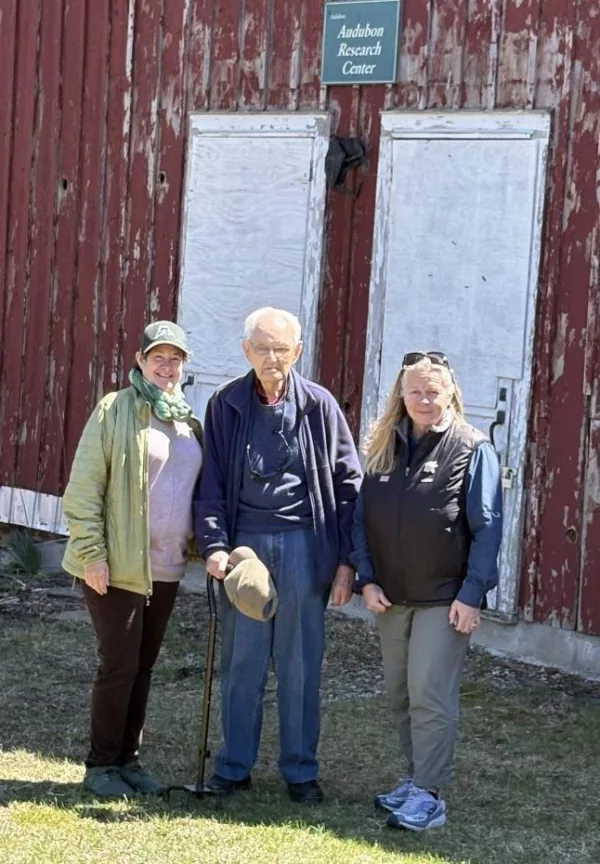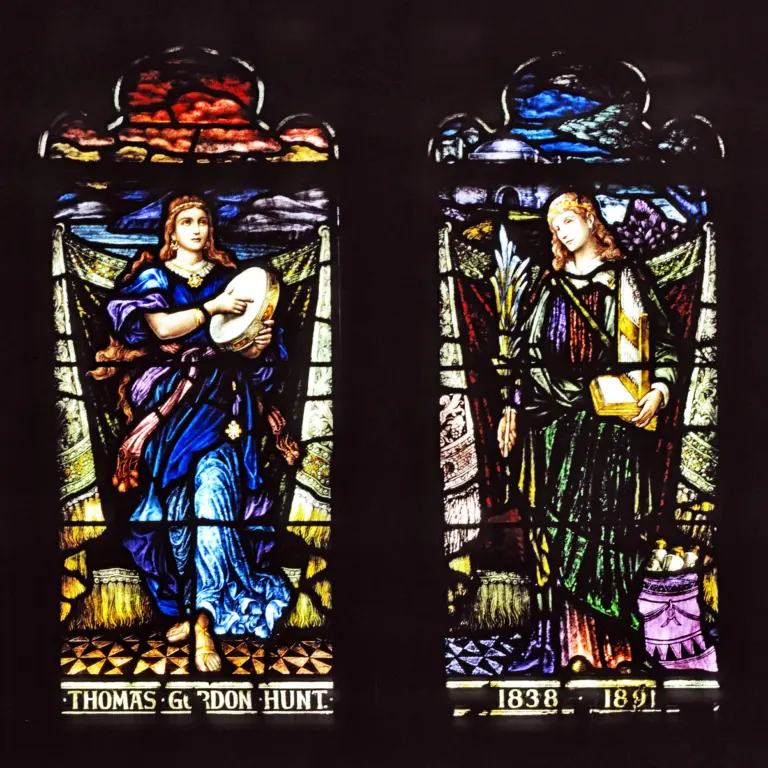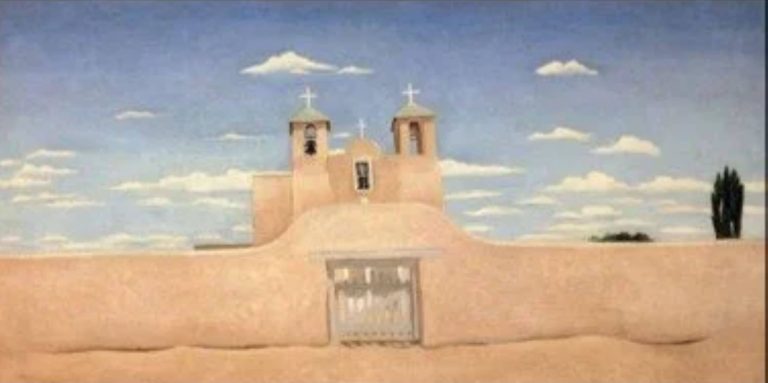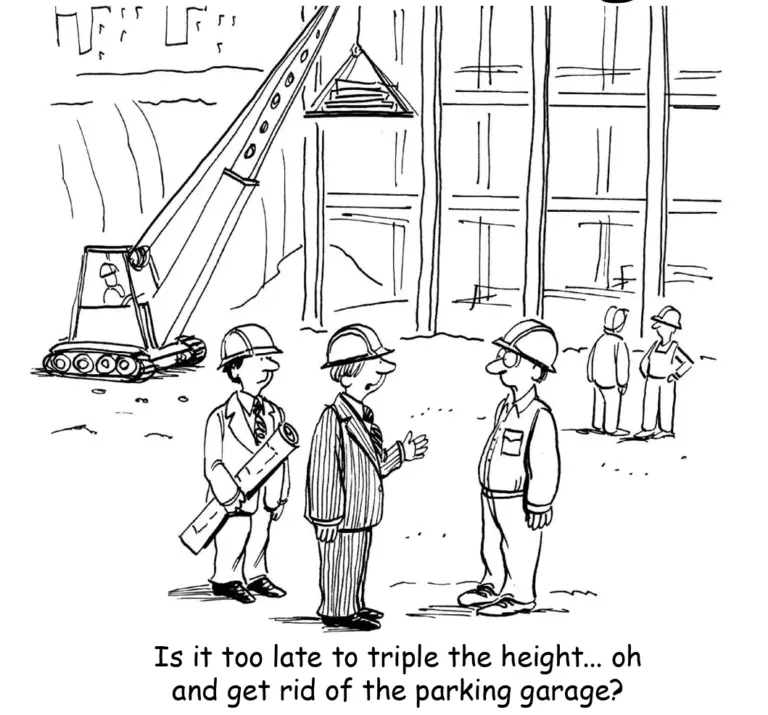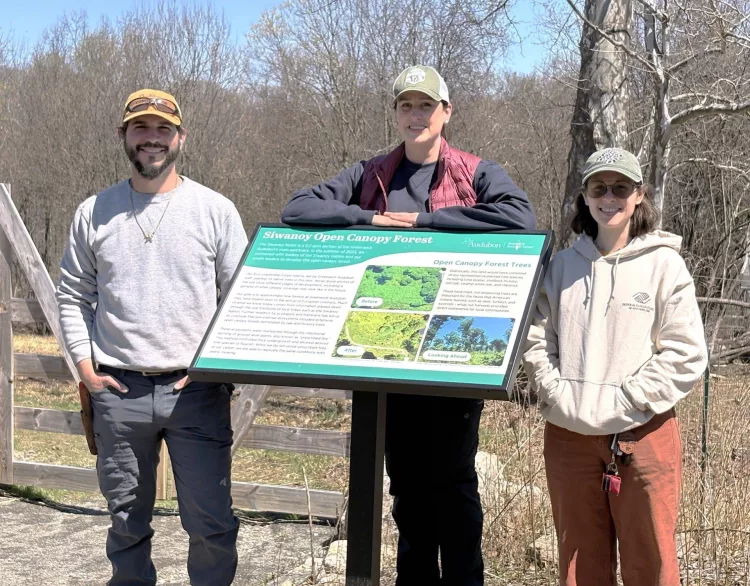
By Anne W. Semmes
The Audubon Center in backcountry Greenwich is undergoing a restoration, with help from the National Audubon Society, new Audubon Center leadership, and local community support.
What is at the base of this restoration is expressed by Mike Burger, vice president of National Audubon and executive director of Audubon Connecticut and New York. “In the last 50 years, North America has lost more than three billion birds, and that has been a rallying cry for the bird conservation world, including Audubon. And our new strategic plan is all about stabilizing those populations and recovering those populations.” Thus, a recognizing and revaluing of the 31 Audubon Centers across the country that Burger states is “a really important part of how we can grow and diversify that group of people who are involved with protecting birds and the places they need. “
“That’s what our Center’s Transformation Initiative is about,” tells Burger. “It’s about investing in our Centers, helping them grow their programs, helping them connect their communities to Audubon’s Conservation mission.” And “The renovation of the Greenwich Audubon Center campus is an important part of our strategy. The Mead House restoration will be done within a few months. It will be available for staff housing. That’s so important, and that is what we’re going to try to do with the old Education Barn. Turn it into a three-season space where people can learn about the history of the building [National Audubon’s first Education Center] and of Audubon’s involvement in the Greenwich community.” And he “loves the idea that it’s going to be restored to the original footprint.”
Rochelle Thomas leadership
Rochelle Thomas has served as Center Director for two years. She responds to Burger. “National Audubon really understands that they need to take care of these places that they’re stewarding and invest in the land and the facilities…They’re working hard to see that we can fix the things that need to be fixed and maintain the things that need to be maintained better.”
What Thomas learned from a peer consult group’s interviews with local community stakeholders was that “people really cared about the historic structures on the property, that people had fond memories of coming to the original Center, that people had driven by the Mead House for much of their lives.” And some had lived in that House like noted Audubon educator Ted Gilman. An “important stakeholder” was Elise Green, the president of Historic Properties of Greenwich (HPG).
“This House is historic,” shares Green. “It is a landmark…. Zebediah Mead built it and the Clovis family inherited it and gifted it to Audubon [at its founding in 1943], but it definitely goes back to the early days.” Yes, to 1750, confirms Anne Young, HPG interim executive director, “and it has unusual roof framing not found in other Colonial structures within the State of Connecticut.” And “It is one of only three remaining pre-revolutionary houses on John Street between Riversville Road and Round Hill Road.”
Community steps up
Thomas notes also it was Green and Kim Gregory, who chairs the Center’s Advisory Board as well as serving on the HPG advisory board, and Rusty Parker, also an HPG advisory board member, and Camille Broderick, former Center board member and ongoing teacher-naturalist, who “all came just with their hands and backs and knees and their strength physically cleared out the interior of the Mead House and just put so much love and care into getting it into a place that looked so much better and sort of set the stage for being able to think about what this House could be.” She adds that the last time it was inhabited was 2016.
Kim Gregory notes that besides housing staff, a number of townies had rented the Mead House. “The Audubon is trying to attract talent from all over to do its important work, and we need to be able to offer housing because people can’t afford to live in Greenwich.” Gregory also cites Thomas’s efforts to save the House. “With her leadership, she invited the community in, and she listened to our community partners, and she fought for it.”
Thomas tells that soon after her arrival had come that National Audubon Society Board of Directors gift that “launched $4.5 million to all the Centers across the network of work on deferred maintenance projects.” At the top of her list of needs was “to fix our HVAC system.” Luck would then bring a large bequest from “someone in the community who passed away…that enabled us to fund the restoration of the Mead House and to bypass needing to go to the community for funding.”
Historic Education Barn
Also, from that deferred maintenance fund came the funding to remove the wings of the Education Barn. “So, in the next month or so,” tells Thomas, “We’ll shore up the sides, and restore the Barn to its original form, a three-season place that people can visit when they’re here on the property, which is open from dawn to dusk every day.” And there will be exhibits that will “talk about the history of how this is the first Education Center that Audubon had in the country.”
Thomas is hoping, “If there’s a tremendous response from the community and we can secure the funding for it, we could move relatively quickly” to bring back that historic Barn.
That optimism resonates with Camille Broderick. “As a volunteer Audubon teacher naturalist for over 20 years at Audubon Greenwich,” she is “very pleased” to see progress being made on saving the Barn. “It’s very important to highlight Audubon’s mission and underscore the importance of nature education today, as much as it was when it was first built in the 1940s. In our technological age, there’s still a need for children to be out in nature. And this old Center Barn will be a great gathering place to communicate nature education to children.”
For a fully historic view of that Barn, enter Gary Palmer, nearing 94 years. “I’ve been coming here steadily since about 1962,” he tells. And when he first arrived the Barn was “the main building…Ted Gilman’s office was upstairs. If he started going out birding, you met there and left from there. It was the center of activity.” His vision for that renovated Barn would include “a permanent exhibit showing some of the old photos of what the building looked like.”
Palmer has seen some of those photos dating from WWII “where some of the women were all dressed up and skating down on the pond with sailors’ home on leave.” And photos of “those first field trips going out into the woods with women walking in their high heels and fur coats. The old joke was birdwatching was for little old ladies.” Today, that Barn could feature “things coming up, events, lectures,” with perhaps “a patio off to the side where people could have catered events when the weather’s nice.”
Palmer recalls a quote he shared from Martin Luther King, Jr. when he received the Center’s “Lifetime Achievement Award in 2023 for his half century of compiling the Greenwich-Stamford Christmas Bird Count and co-founding the Center’s and the state’s first Summer Bird Count in 1976. He’d addressed his hope for the restoration of the Barn with “I have a dream.” That dream continues that, “Somebody’s going to step forward. Something’s going to happen here, and this building is going to be saved. And I may not be around to see it, but as long as I know that something is happening, I’ll be happy.”
